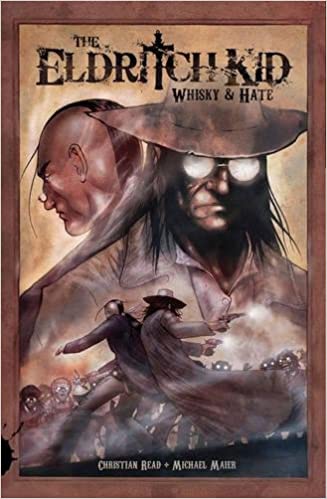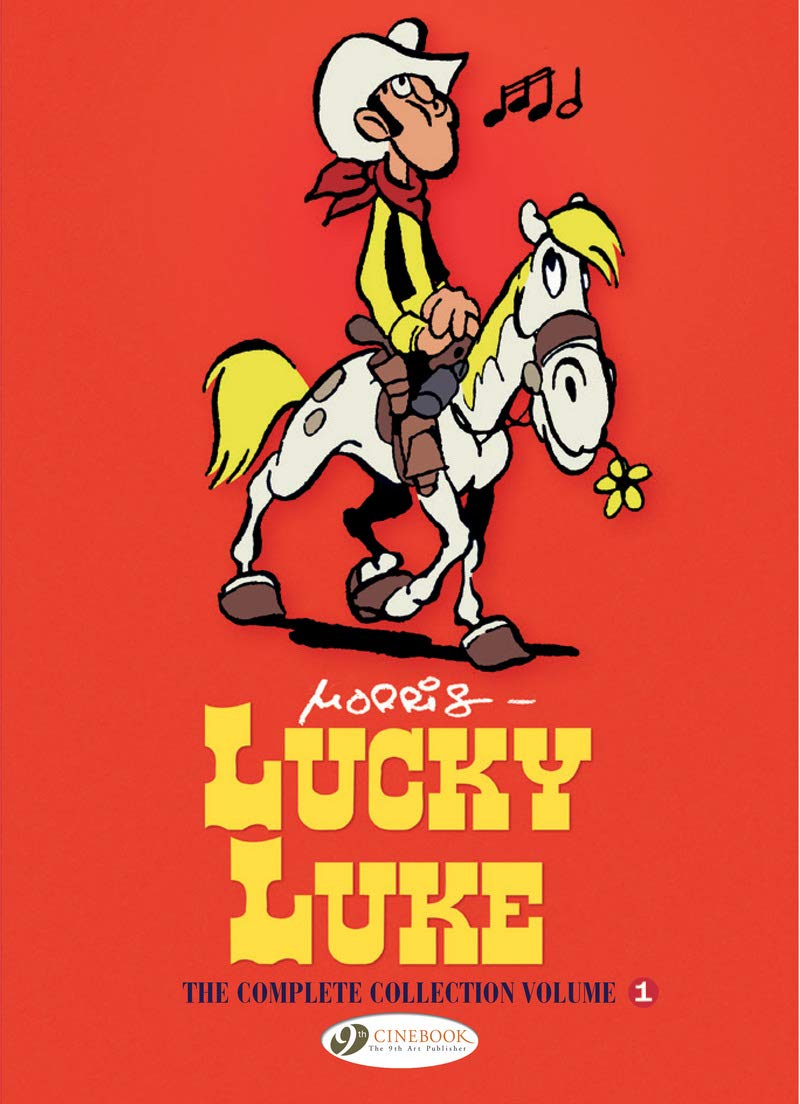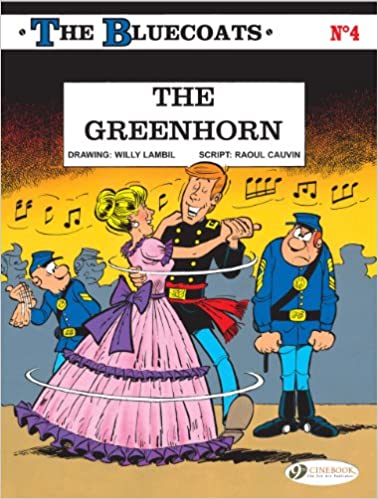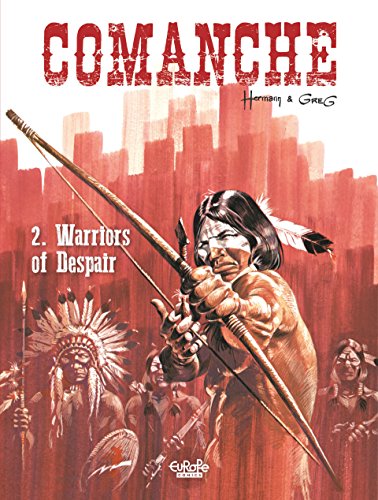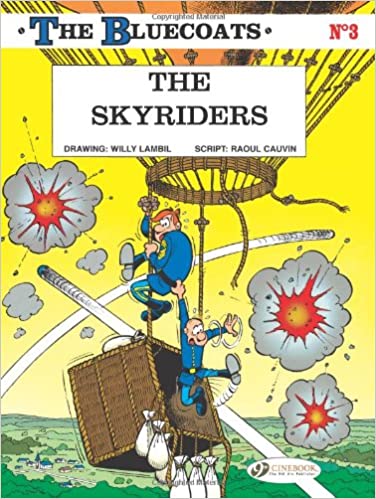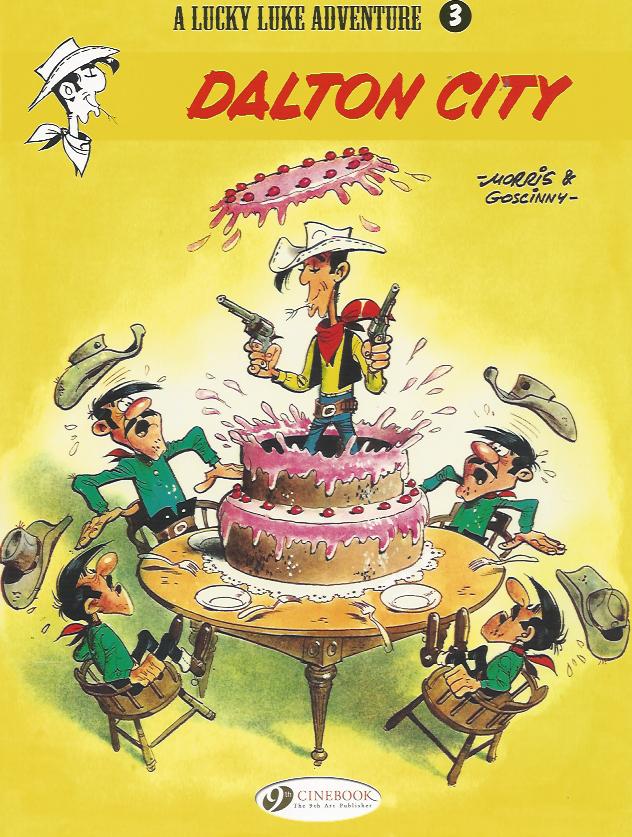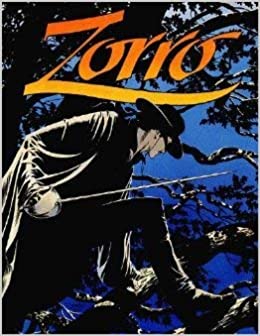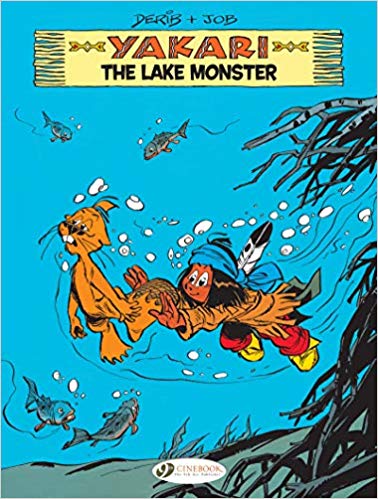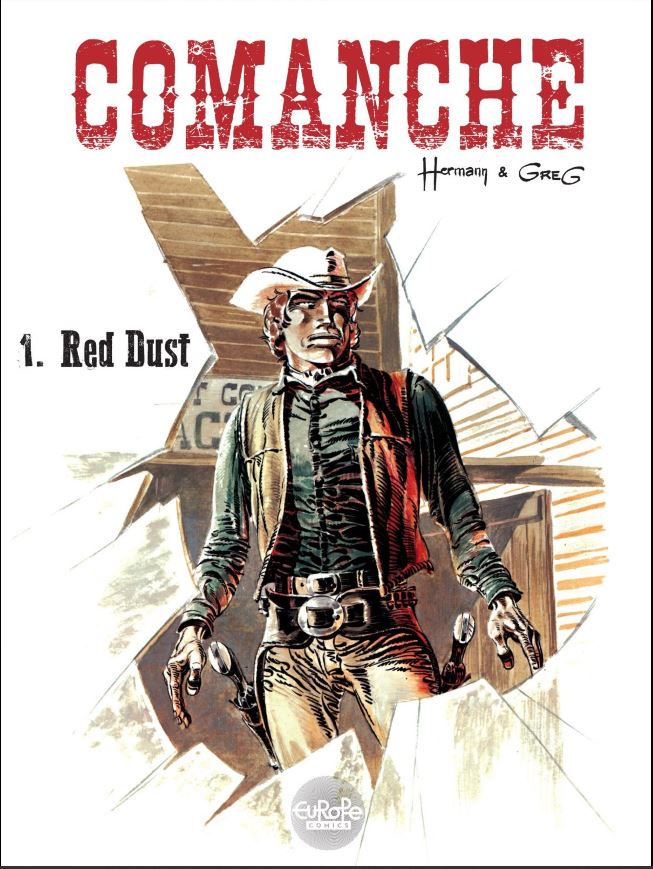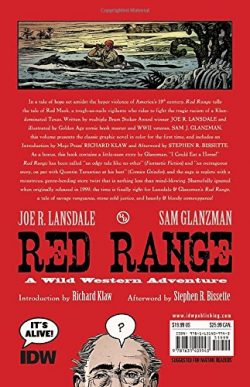
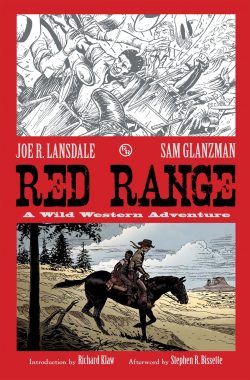
By Joe R. Lansdale, Sam Glanzman & various (It’s Alive!/IDW)
ISBN: 978-1-63140-994-3 (HB)
Once upon a time, not that very long ago, nearly all of popular fiction was obsessed with tales of Cowboys and Indians. As always happens with such periodic popular phenomena – for example the Swinging Sixties’ Superspy and Batmania booms or the recent trend for Vampire and/or Werewolf Boyfriends – there was a tremendous amount of momentary merit, lots of utter dross and a few irrefutable gems that would affect public tastes from then on.
Most importantly, once such surges have petered out, there’s generally a small cadre of frustrated devotees who mourn its passing and, on growing up, resolve to do something to venerate or even revive their lost and faded favourite fad…
Following World War II, the American family entertainment market – for which read comics, radio and the nascent but burgeoning television industry – became comprehensively enamoured of the clear-cut, simplistic sensibilities and easy, escapist solutions offered by the antiseptic anodyne branch of Tales of the Old West; already a firmly established favourite of paperback fiction, movie serials and feature films.
I’ve often pondered on how almost simultaneously a dark, bleak, nigh-nihilistic and oddly left-leaning Film Noir genre quietly blossomed alongside that wholesome revolution, seemingly for the cynical minority of entertainment intellectuals who somehow knew that returned veterans still hadn’t found a Land Fit for Heroes… but that’s a thought for another time and a different review.
Even though comic books embraced six-gun heroes from the very start – there were cowboy crusaders in the premier issues of both Action Comics and Marvel Comics – the post-war years saw a vast outpouring of anthology titles with new gun-slinging idols to replace the rapidly-dwindling supply of costumed Mystery Men, and true to formula, most of these pioneers ranged from transiently mediocre to outright appalling. And they were all white.
With every comics publisher turning hopeful eyes westward, it was natural that most of the historical figures would quickly find a home and of course facts counted little, as was always the case with cowboy literature…
Despite minor re-flowerings in the early 1970s and mid-1990s, for the longest time cowboy comics largely vanished from graphic pages: seemingly unable to command enough mainstream commercial support to survive the crushing competition of garish wonder-men and the furiously seductive future-scapes.
Europe and Britain heartily embraced the Sagebrush zeitgeist, producing some pretty impressive work, with France and Italy eventually making the genre their own by the end of the 1960s. They still make the best straight Western strips in the world…
Happily, however, an American revolution in comics retailing and print technologies at the end of the 20th century allowed fans to create and disseminate relatively inexpensive comic books of their own and – happier still – many of those fans are incredibly talented creators in other genres. A particularly impressive case in point is this captivating lost treasure originally published by independent, creator-led outfit Mojo Press.
The brainchild of Richard Klaw (publisher, reviewer, essayist, writer, historian and self-confessed geek maven), the little outfit published amazing and groundbreaking horror, fantasy, science fiction and Western graphic novels – plus some prose books – between 1994 and their much-lamented demise in 1999.
As revealed in Klaw’s informative Introduction ‘When Old is New and New Old‘, Red Range was probably their most controversial release: an uncompromising adventure tale and deftly-disguised (a tad too much so, apparently) attack on contemporary racism and institutionalised bigotry, astoundingly couched as an ultra-violent cowboy revenge yarn.
Originally published in stark monochrome in 1999, Joe E. Lansdale & Sam Glanzman’s amazing unfinished odyssey was remastered and adapted to full-colour (courtesy of Jorge Blanco & Jok and letterer Douglas Potter) and given a new lease of life in this sublime hardcover/digital edition, just as America’s worst President seemed set to return the nation to those days of implicit supremacism, casual segregation and wealth-based Jim Crow laws…
A Word of Warning: if your sensibilities and senses are liable to freak out at profoundly yet historically accurate scenes of violence or repeated use of the “N†word as used by drawn representations of murdering racist bastards in white sheets, don’t buy this book. Actually, do buy it; just don’t whine that you weren’t warned…
Texas in the late 19th century: a band of Klansmen brutally torture a black family who have the temerity to buy land and plant crops. The ignorant butchers’ repugnant fun is mercilessly interrupted when a masked negro vigilante known as TheRed Mask attacks, killing many and driving off their leader Batiste.
The unlikely avenger is too late to save the parents, but takes their son Turon under his wing. As they ride to his hideout, the lone rider confides in his youthful new companion. Caleb Range‘s story is appallingly similar to the boy’s own tragedy. It’s probably one repeated hundreds of times every day in America since the Black Man was first emancipated…
Back in town, Batiste recruits a specialist tracker and plenty more white men eager to teach “coloureds†their rightful place. Hunting down Red Mask, the bigot again underestimates his quarry’s determination and facility with weapons…
Angry, frustrated and humiliated, Batiste gathers yet more men and sets out to end his nemesis forever. Relentless pursuit leads into the desert wastes and straight out of any semblance of rationality as Caleb and Turon survive one more cataclysmic battle before falling into a lost world of ancient tribes and ravenous dinosaurs, with Batiste and his few surviving killers hard on their heels…
In this place however, it’s the so-superior white men who are seen as less than human by the indigenous inhabitants: nothing more than prey and provender. Regrettably, they hold pretty much the same opinion regarding Caleb and Turon, who quickly discover they might not just be lost in space but also time…
To Be Continued…
Vivid, shocking, staggeringly exciting, ferociously uncompromising and often outrageously, laugh-out-loud funny, Red Range has both message and moral, but never for a moment lets that stand in the way of telling a great story.
Adding value and enlightenment, this opening chapter in an extended saga is augmented by ‘Beneath the Valley of the Klan Busters: (A Sort of) Afterword by Stephen R. Bissette’ which offers historical and social context to the proceedings and inside gen on creators Lansdale & Glanzman, as well as a potted history of the role of black people in western movies from 1920s star-turn Bill Pickett to Jamie Foxx in Django Unchained.
The bonus goodies continue with a silent monochrome masterpiece of action and bleak, black humour. ‘I Could Eat a Horse!’ was first seen in Wild West Show (1996) with the artist displaying a firm grip of both killer slapstick and grim irony as Cowboy, Indian and other beasts go in search of a meal, before Bissette rides us into the sunset with an erudite and fascinating trip down memory lane for “Pop Culture Cowpokes and Carnosaurs†with ‘A Brief History of Cowboys & Dinosaurs’…
These fresh looks at an overexposed idiom prove there’s still meat to found on those old bones, and cow-punching aficionados, fans of nostalgia-tainted comics and seekers of the wild and new alike can all be assured that there’s a selection of range-riding rollercoaster thrills and moody mysteries still lurking in those hills and on that horizon…
Red Range: A Wild West Adventure © 1999-2017 Joe R. Lansdale. “I Could Eat a Horse†© 2017 Sam Glanzman. “When Old is New and New Old†© 2017 Richard Klaw. “Beneath the Valley of the Klan Busters†and “A Brief History of Cowboys & Dinosaurs†© 2017 Stephen R. Bissette. All rights reserved.

